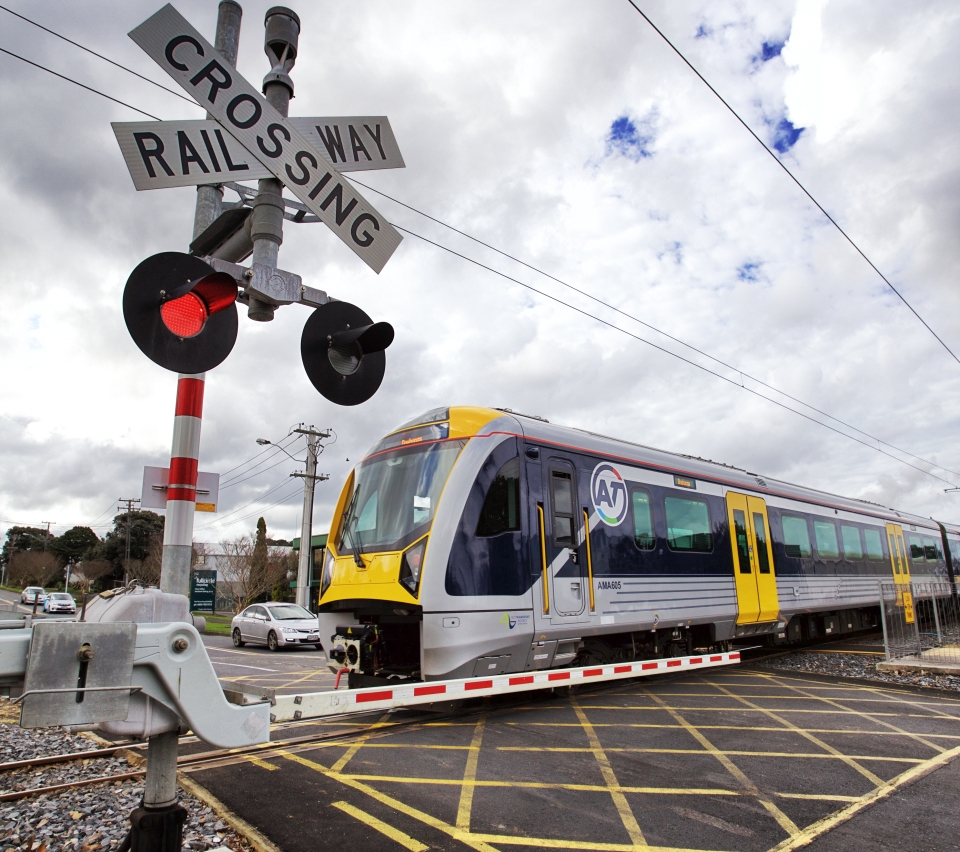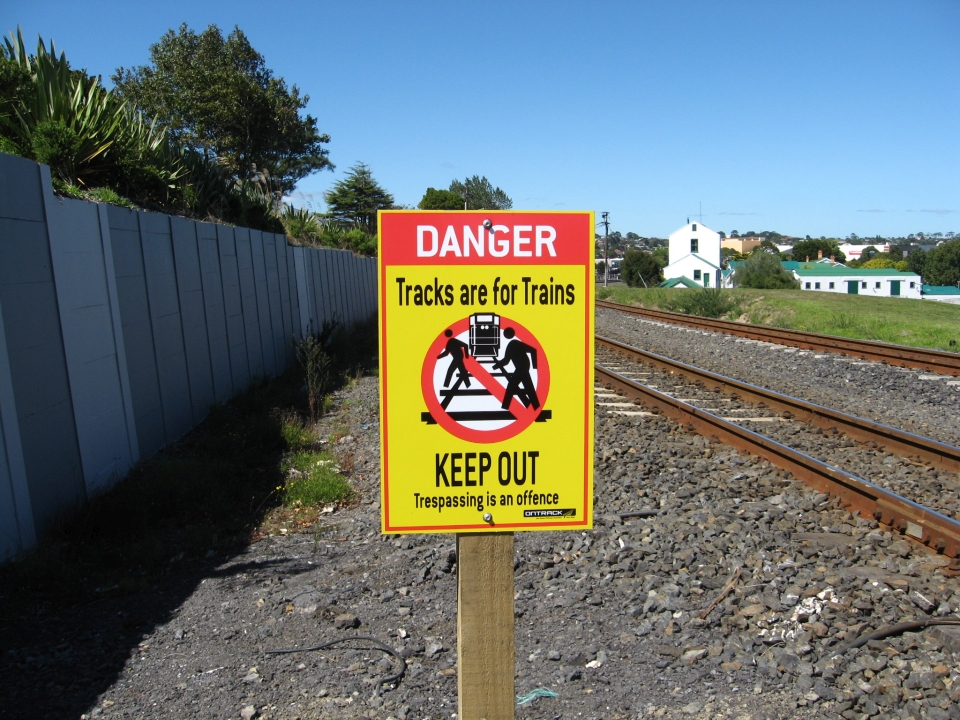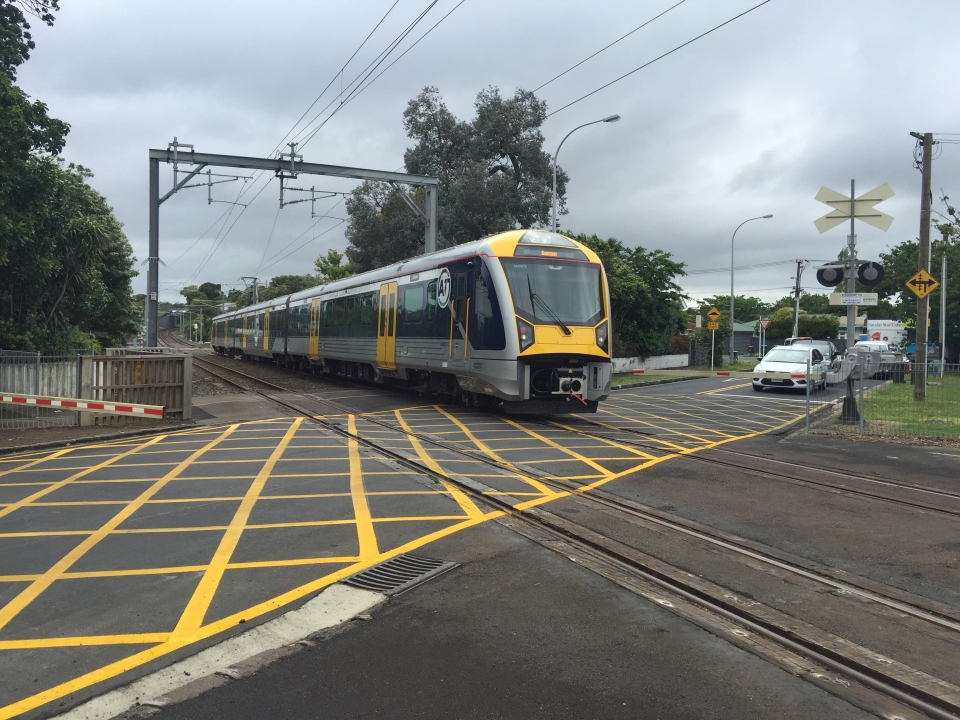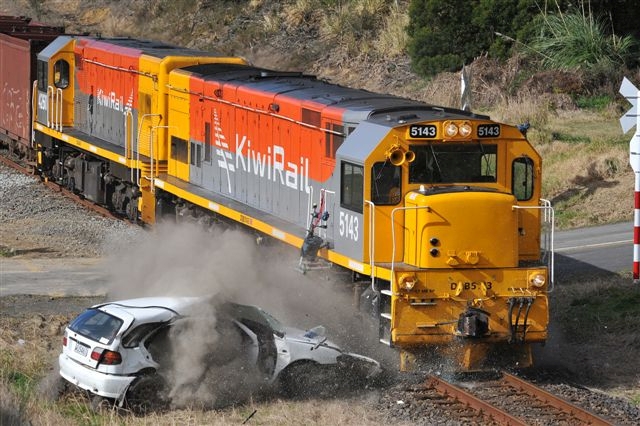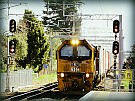The safest way to travel
Statistically trains are the safest way for people to travel in New Zealand and throughout the world. The railway is also a safe way to transport goods around the country.
Trains can however pose significant safety risks if people do not follow the warning signs and give way to trains at all times.
Trains have right of way
You can also be fined for failing to give way to trains and other railway vehicles. Trains always have right of way over vehicles and pedestrians. If you fail to obey the warning signs and cross in front of an approaching train, your details will be recorded by the train driver and passed on to Police.
Trains are frequent
Trains can travel at any time of the day or night. Even if you think you know the train timetable in your area, these timetables can change, and you may not necessarily be aware of the change. Expect a train at any time and always check the railway line is clear of trains before crossing.
Trains are heavy
A fully laden freight train is extremely heavy and can weigh up to a thousand tonnes.
Trains are fast
Trains can travel up to 100kms an hour. It is difficult for people to judge the speed of an approaching train and research has proven that you are more than likely to misjudge the speed of an approaching train. If you can see a train approaching, you should wait for it to pass, no matter how far away you think it is.
Trains can’t swerve or stop
Because trains are heavy and fast, they cannot stop in a hurry. In fact, a fully laden freight train can take up to a kilometre to stop. Similarly, a train sits on rails and cannot swerve to miss an object that may be on the tracks. This is why a motor vehicle must always give way to a train or other railway vehicle.
Trains can be surprisingly quiet
You may not hear an electric train coming so need to take care at rail crossings and train stations.
Safety Tips
- Trains have right of way.
- Only cross railway tracks at proper crossings.
- Stop, look and listen for trains – remove headphones, pocket your phone and hold on to your belongings.
- Take notice of the signs, lights and bells – wait for the bells to stop before crossing.
- Never walk along the railway tracks.
- Remember to look both ways at a rail crossing – if there are two tracks, there could be two trains.
Staying safe around electric trains
- Remember electric trains are very quiet and you may not hear them coming.
- Stay well clear of overhead electric train lines.
- The wires for Auckland electric trains carry 25,000 volts – that’s around 100 times more powerful than your power at home.
- The wires for Wellington electric trains carry 1,500 volts – that’s about 6 times as powerful as the electricity in your home.
- Never touch electric overhead lines or throw objects at them. The electricity can "jump" or pass through objects and you can be electrocuted without even directly touching the overhead wires. In New Zealand people have been severely burned or have died from coming into contact with overhead electric wires.
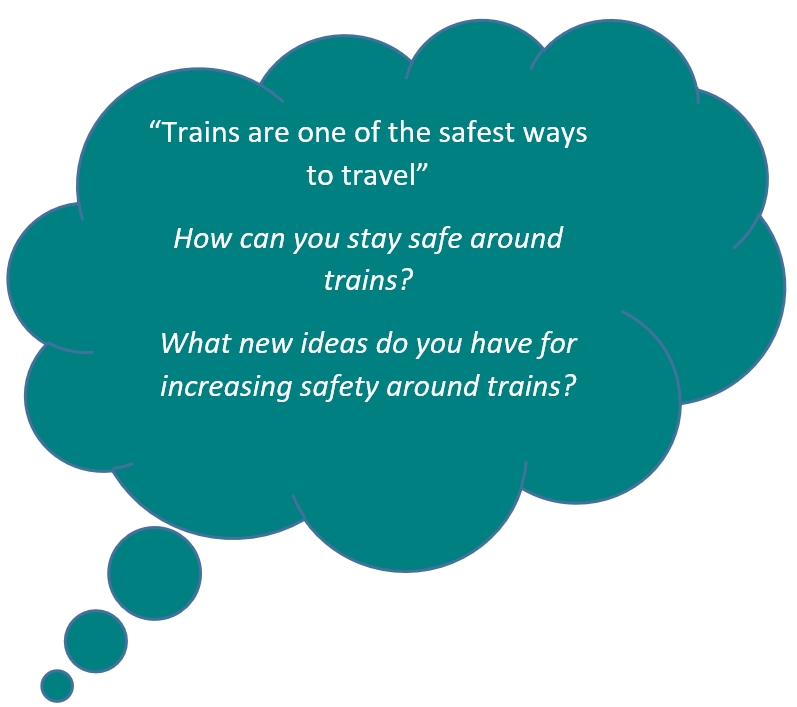 When catching the train
When catching the train
- Always use marked paths, overpasses and official crossings to enter and leave a station or when changing from one platform to another.
- Only step over the yellow safety line when the train has stopped.
- Never try to catch a moving train.
- Let passengers off the train before you get on.
- When boarding the train, mind the gap between the train and the platform.
- Once on the train keep clear of the doors.
- Put your bag under the seat or hold on to it.
- Give up your seat for elderly passengers.
When using any form of transport, it is important to consider others and show respect.
Ready for a quiz? Try the 'Safety Around Trains' activity.


